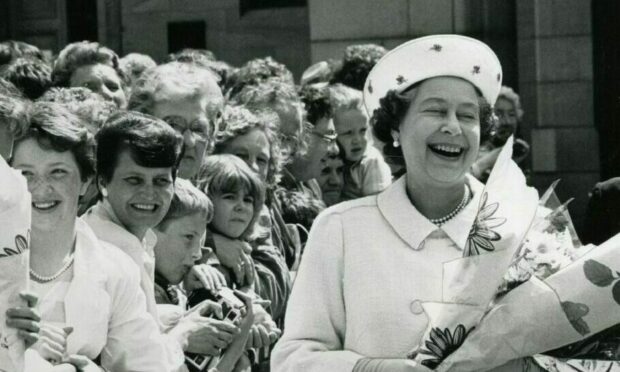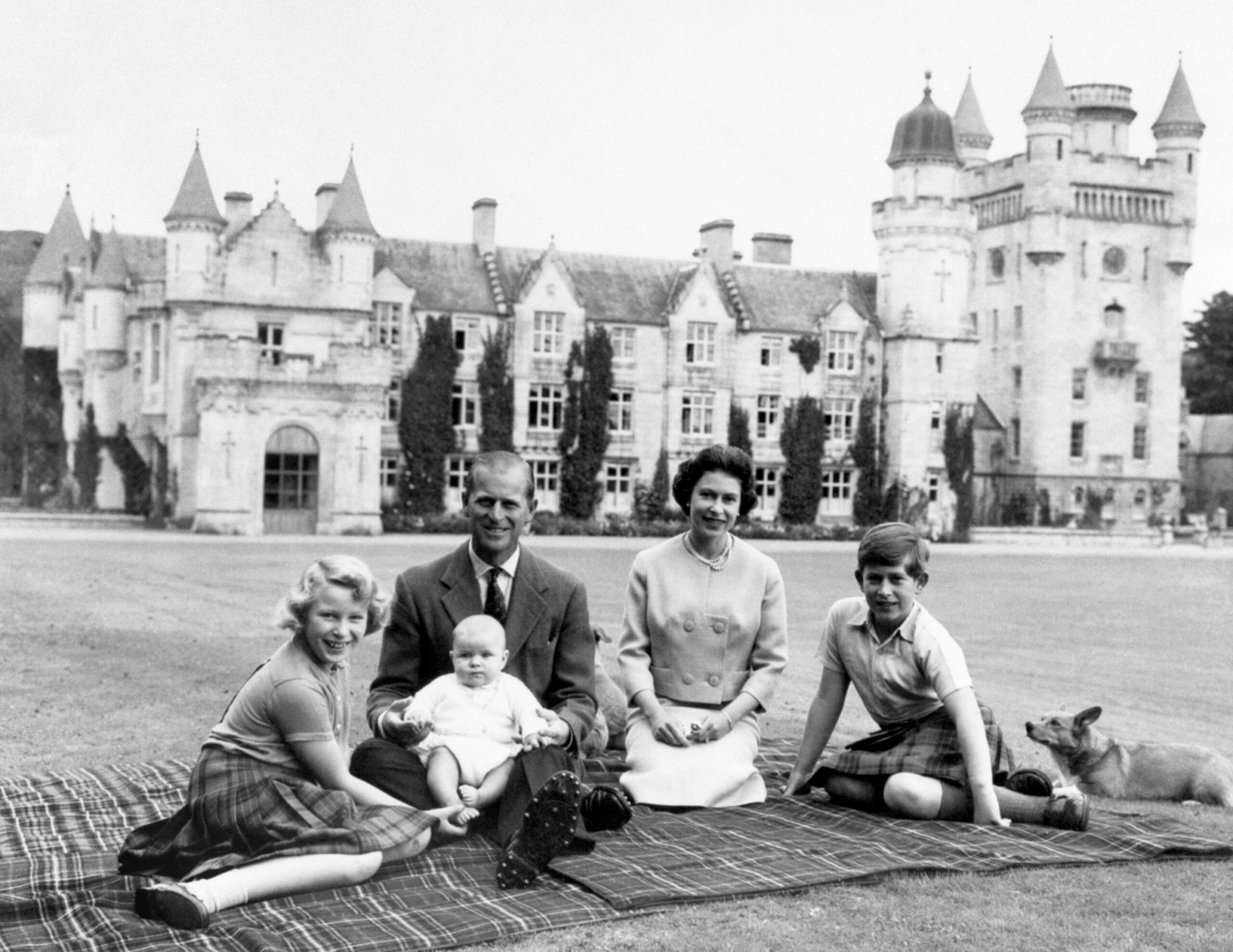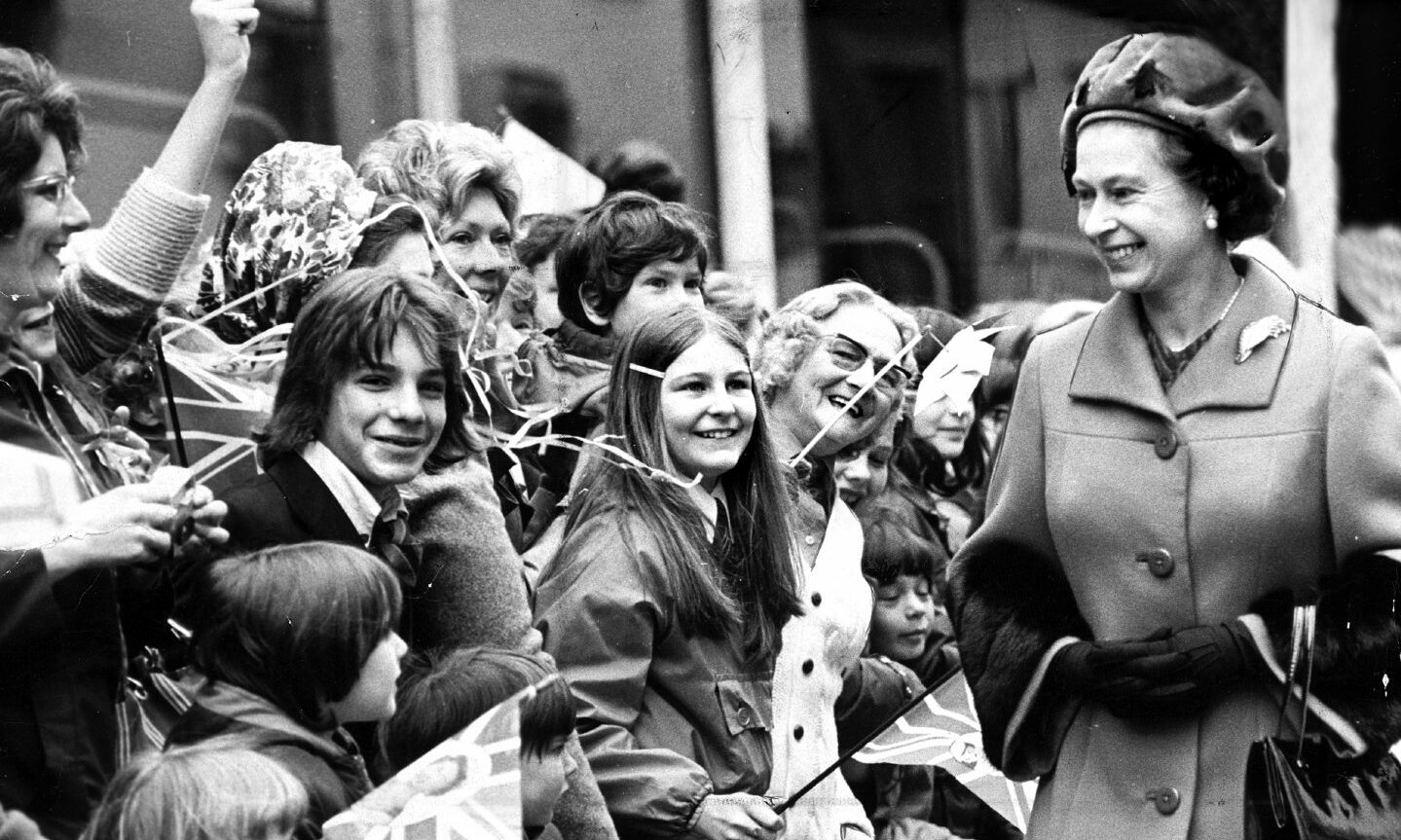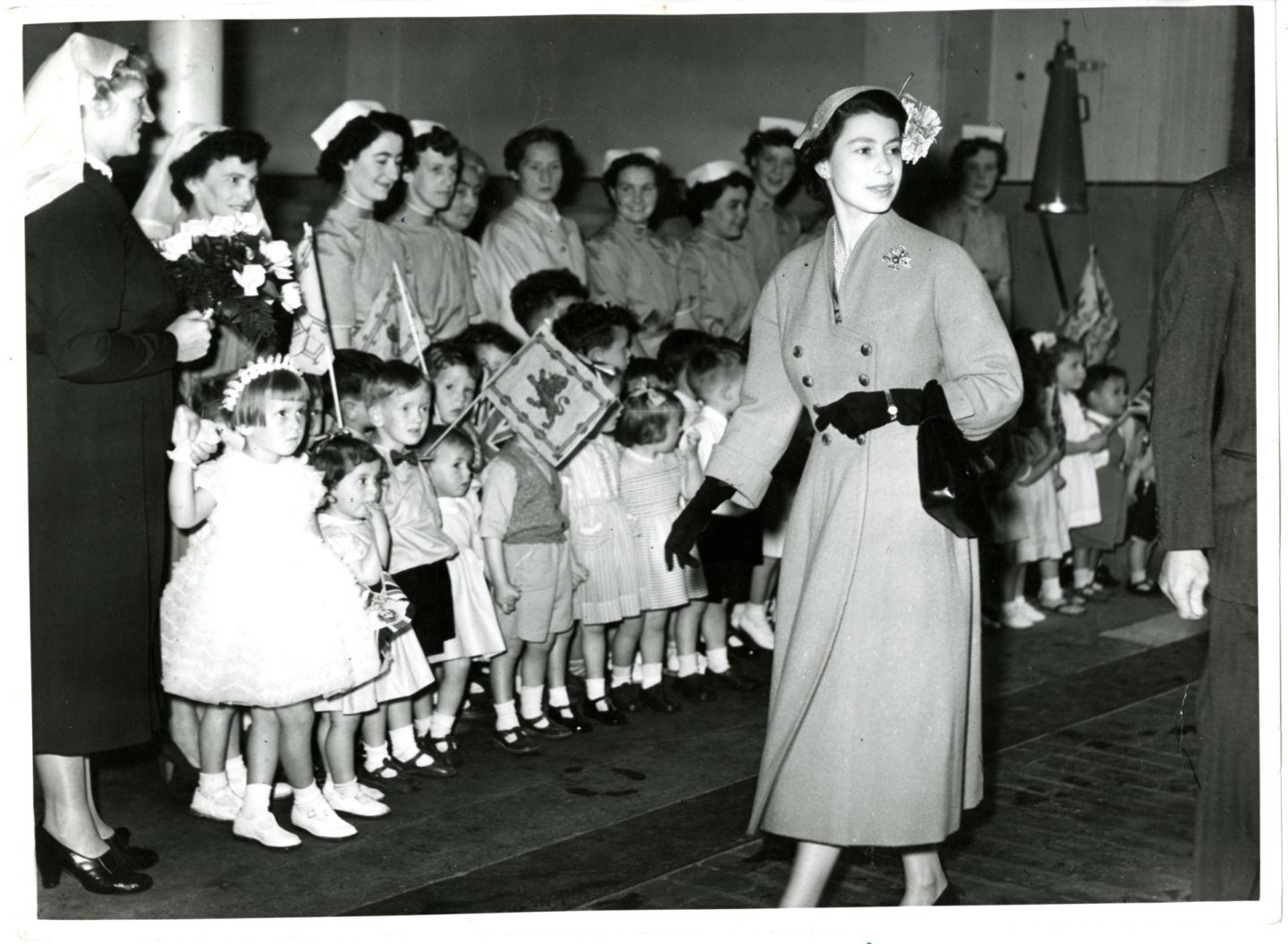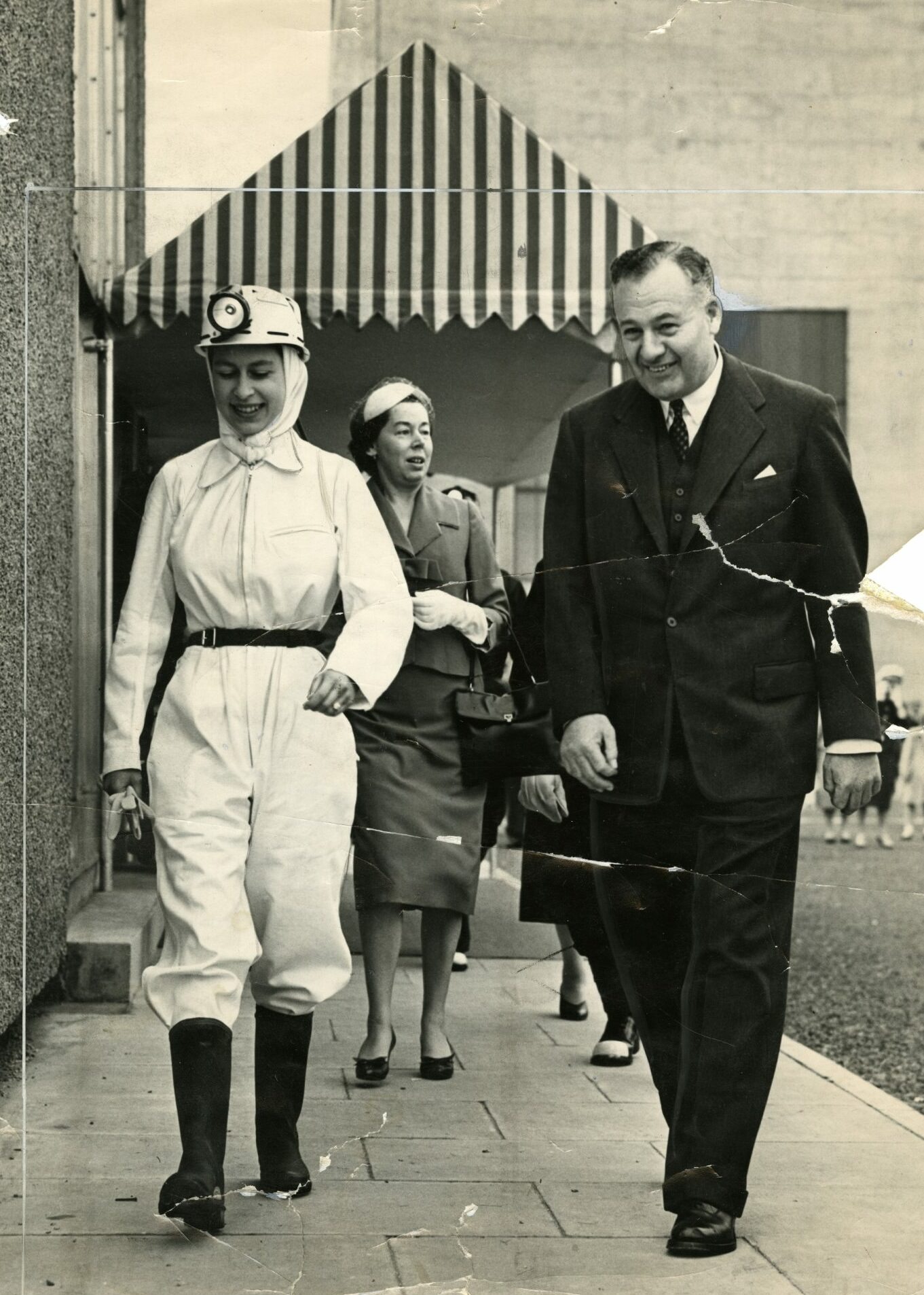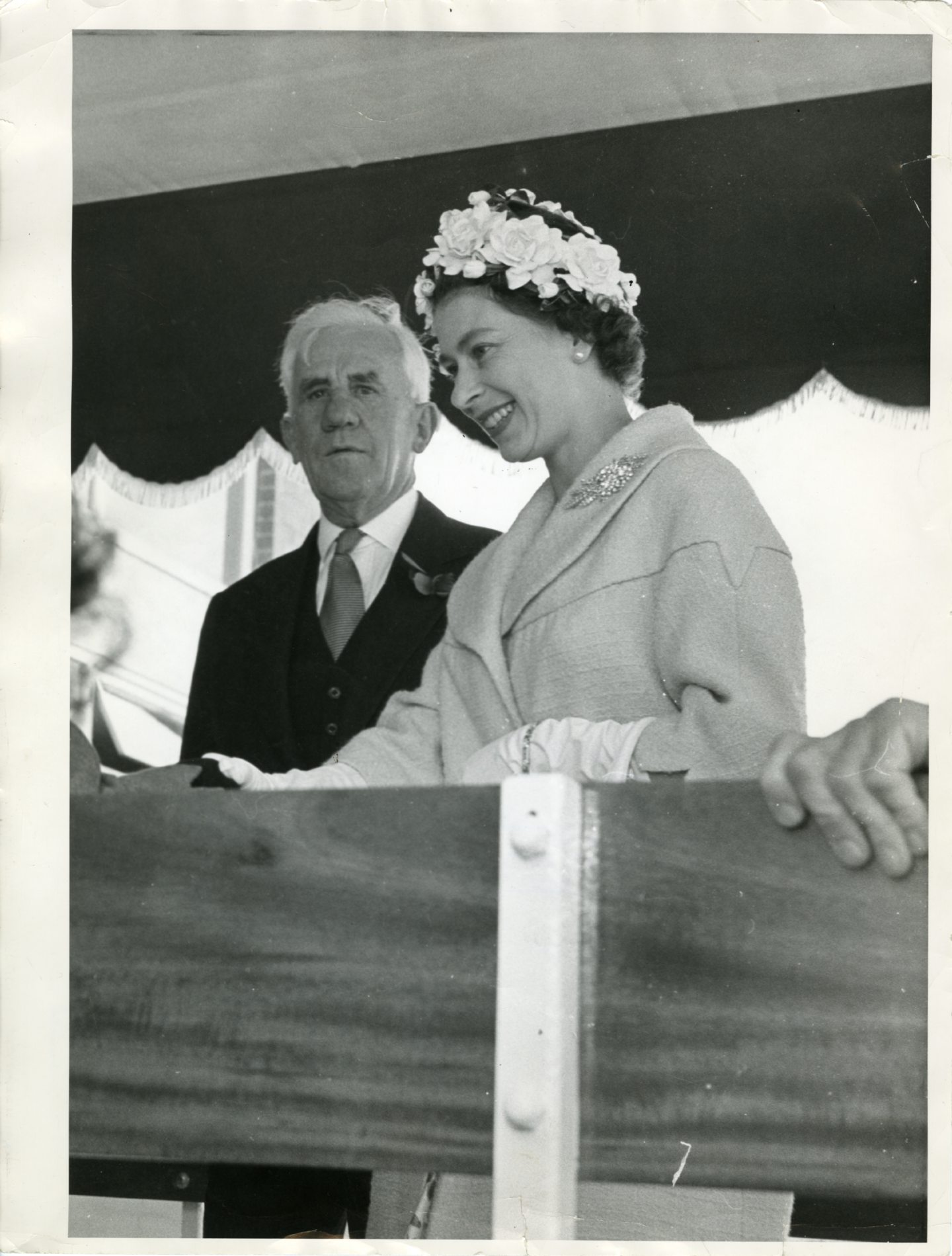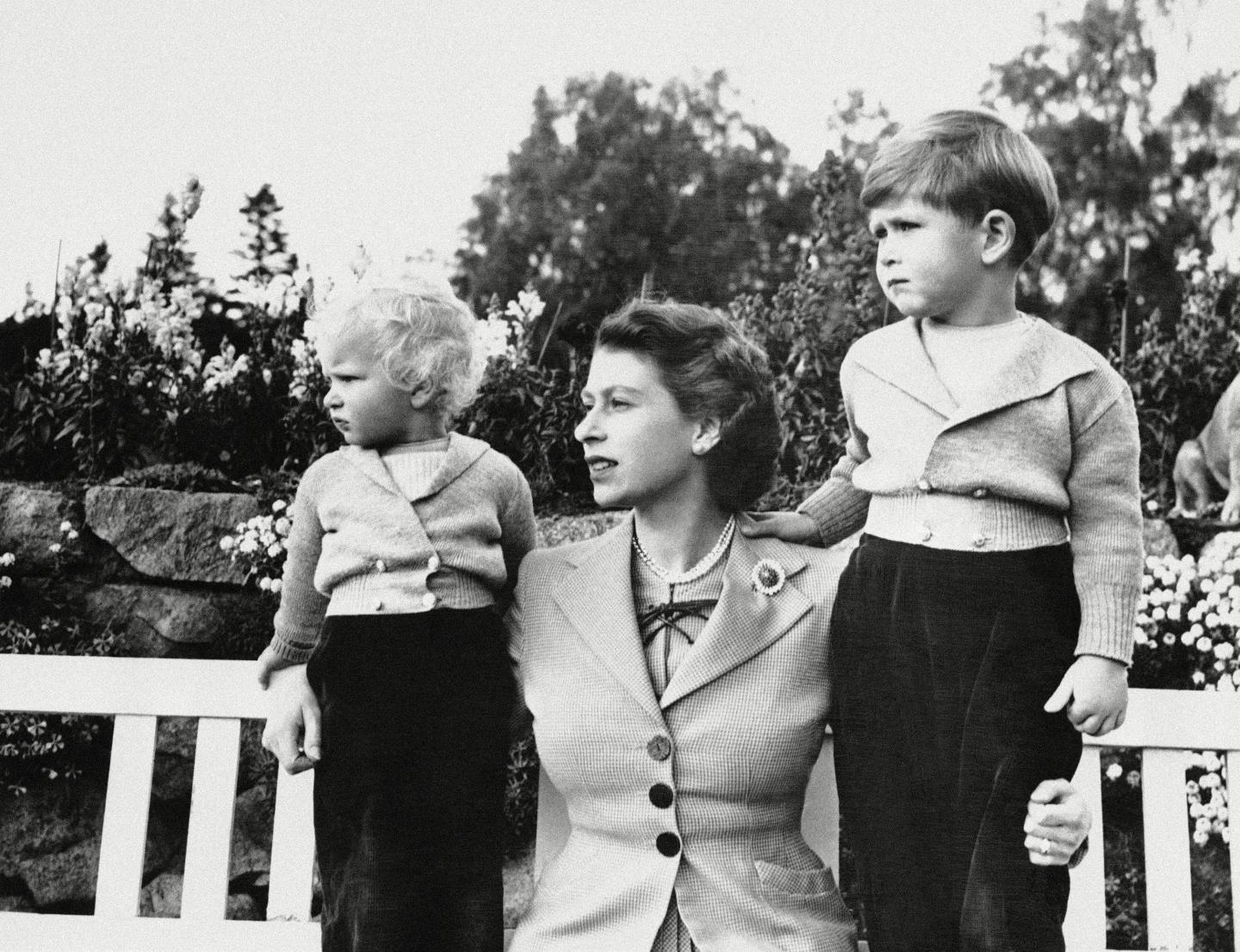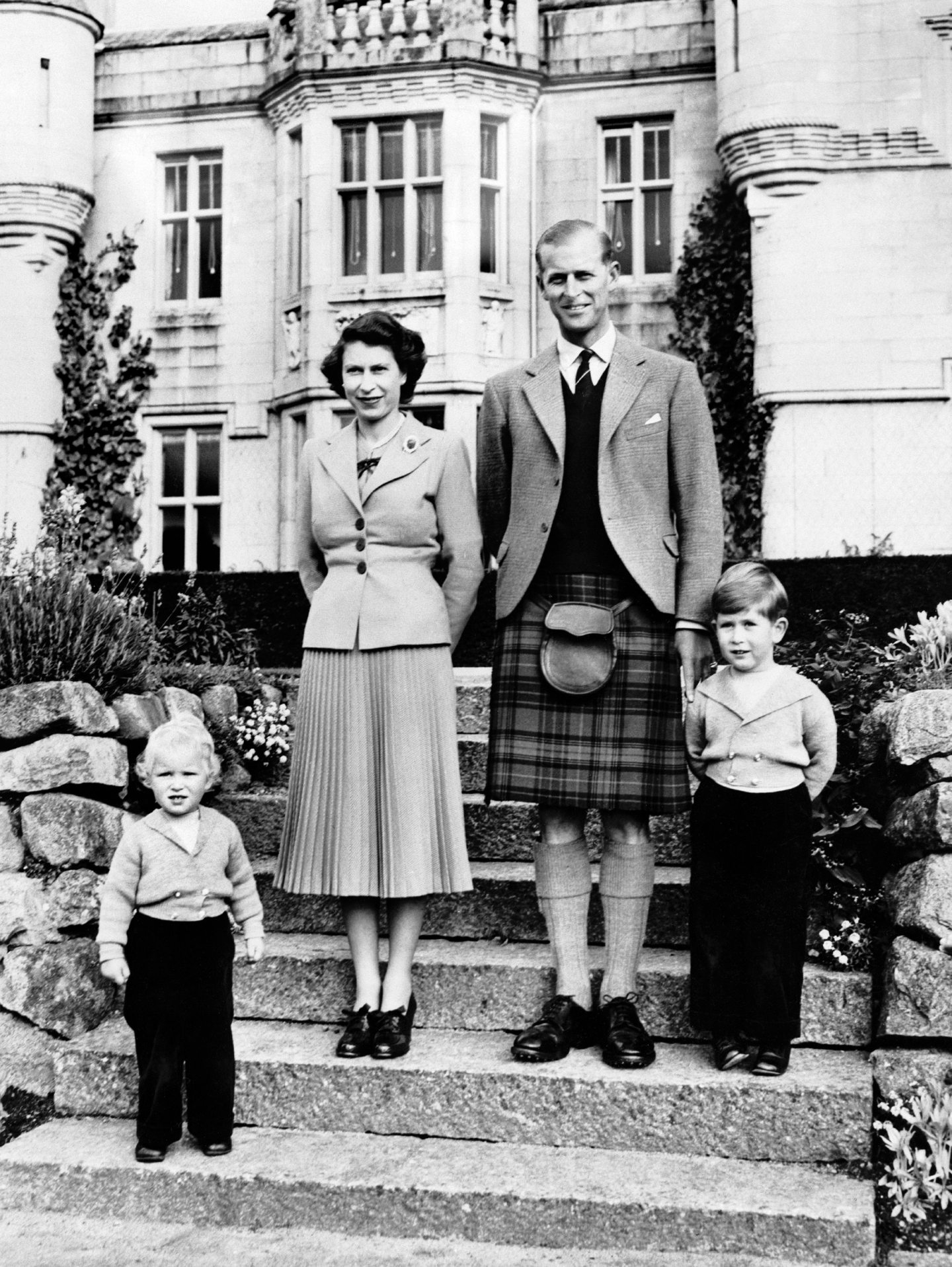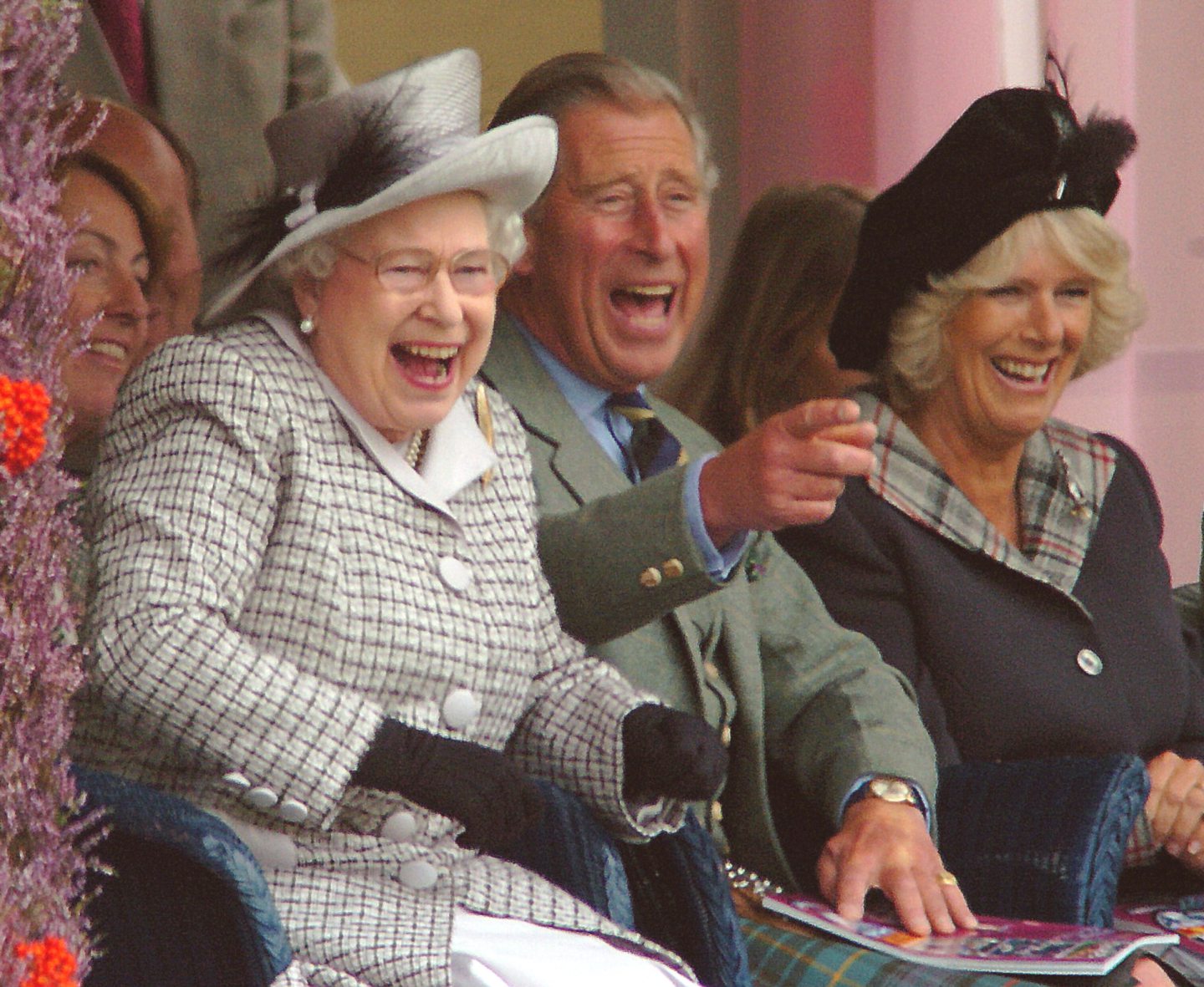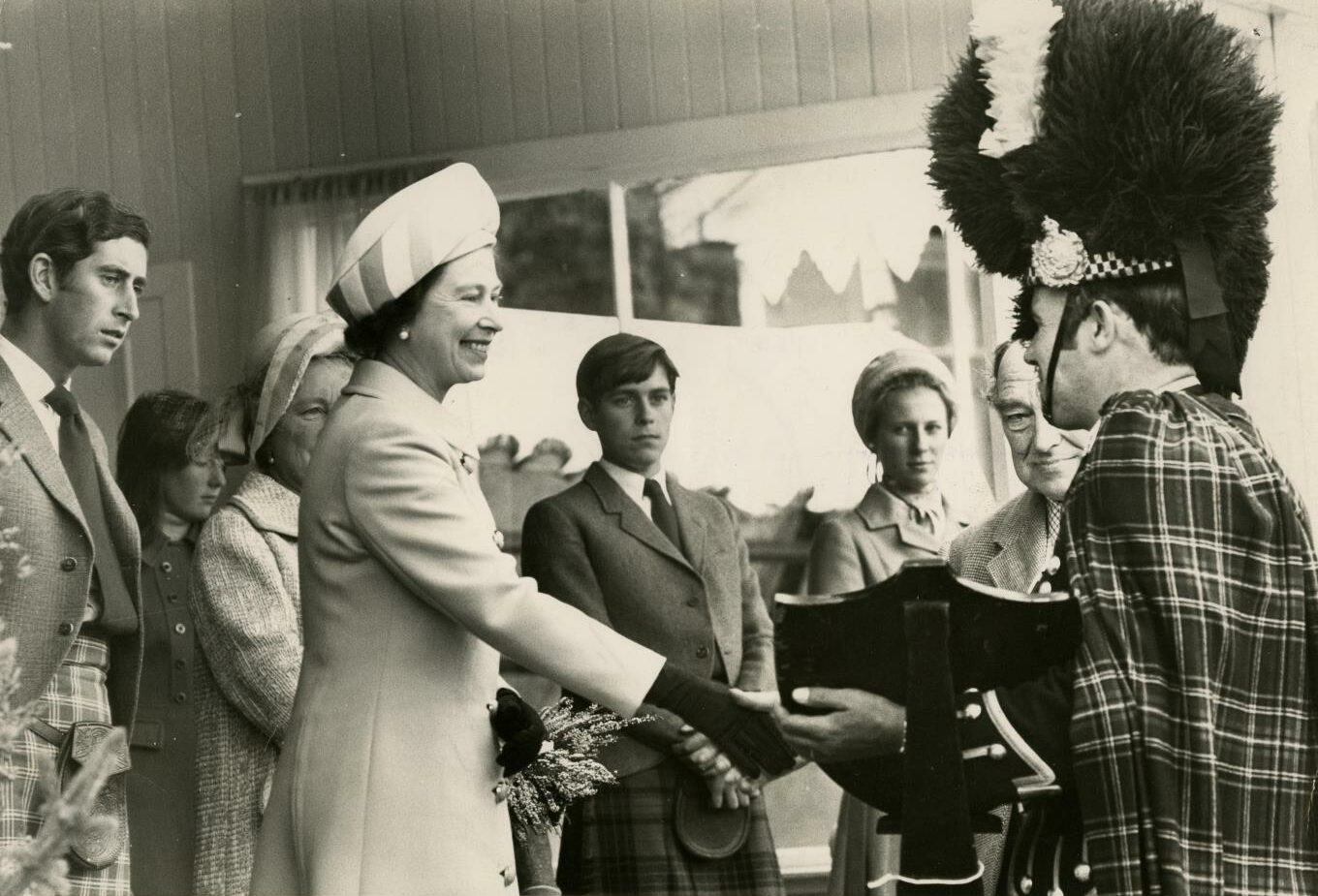There’s a photograph of Her Majesty the Queen from 1952 which perfectly sums up why she has had such a deep affinity with Scotland.
It shows a very young Prince Charles climbing up to an open window at Balmoral Castle, even as his mother offers a helping hand to the youngster.
The more agile Prince manages to advance through the trellis, while the two-year-old Princess Anne has a little trouble reaching the window sill, but eventually, with a little assistance from her elders, she joins the other two.
The Queen is smiling proudly, a picture of motherly love and genuine pleasure at being with her children in a part of the world where she could escape from the endless popping of flashbulbs and requirement to observe every last detail of Royal etiquette. And, while she had usually shielded herself from unwanted scrutiny, the monarch has found refuge and comfort in Scotland all her life.
She reflected on that during the Diamond Jubilee celebrations in 2012 in the midst of her travels around the UK with Prince Philip and the sincerity with which she addressed her audiences in Perth, Dundee, Fife and all across the north-east from Braemar to Ballater and Balmoral was obvious.
In Perth, for instance, she said: “Scotland has played such a very special part in our lives, and that of my family, over the years and we have greatly enjoyed our frequent visits.
“Scotland’s extraordinary contribution to the History of our nation over the centuries is well documented and the City of Perth, which sits at the very heart of Scotland, has played such an important part in this remarkable story. Perth was, of course, the ancient capital of Scotland, the crowning place of Scottish Kings, and only recently celebrated 800 years of its own history.
“I have many happy memories of previous visits to Perth, including the opening of the Queens Bridge in 1960 and the opening of Perth Concert Hall”.
This has been a constant factor from the days when Her Majesty was a little girl with no idea she would one day be at the heart of a Platinum Jubilee in 2022.
Indeed, as early as 1930, when she was just four years old, the young princess visited Webster’s Toy Shop in Whitehall Crescent in Dundee.
And, at the height of the Second World War, in 1941, she accompanied her parents to a jute factory and met with the Civil Defence Force of Dundee.
There was no standing on ceremony during these occasions, and that has been one of the reasons why the Queen has felt able to unwind in Caledonia.
She’s not a fan of fawning sycophancy or grovelling tributes, but when offered the opportunity to celebrate the achievements of youngsters and people from all ages and backgrounds with an interest in grassroots projects and boosting their communities, she speaks to them from the heart – and appreciates that anything she communicates will remain a secret forever.
It’s never the gala occasions which command her full attention, but the more intimate meetings with her compatriots which fascinate her.
That was evident in 1958 when Elizabeth became the first reigning monarch since George V in 1912 to go into a working pit at Rothes Colliery – despite the superstition stating that it was unlucky for a woman to do so.
Pathe News followed the visit to the now-defunct mine and described her outfit – a white boiler suit and Wellington boots – as “glamorous”. One suspects the Queen would have detested that description, because she wanted to find out more about the lives of those who toiled underground. Hence her choice of apparel, which was practical, and not designed for a fashion shoot.
Throughout her long reign, there have been many things to celebrate, but also myriad tragedies, both global and personal, to circumnavigate.
The sight of her sitting alone in Westminster Abbey, mourning her husband last year in the midst of the Covid pandemic, became an enduring image in demonstrating her determination not to be given any special treatment as other families grieved loved ones across the country on a virtual basis.
Scotland was bookmark on calendar
In the aftermath, she returned to Deeside and sought solace in a place she regards as being very close to heaven on earth.
As her one-time nanny Marion Crawford wrote of the Queen and her sister Margaret: “Their annual trip to Balmoral was the highlight of their tightly controlled lives. They looked forward to it all the year round.
“It tended to be the chief landmark in their calendar. Things were apt to date from: ‘Before we went to Scotland’ or ‘When we got back from Scotland’.
“At Balmoral, the princesses enjoyed the simple pleasures of a country childhood. The family would play charades and sing Scottish ditties. There were pony rides and picnics at small cottages on the property, where the Queen Mother would gamely cut up onions to fry.
“At tea, there were shrimps, hot sausage, rolls, scones, and those various sorts of griddle cakes known in Scotland as baps and bannocks. At night, after dinner, seven pipers in their kilts and sporrans would walk playing through the hall and the dining room….Lilibet loved this nightly ceremony and was usually waiting to peep over the stairs at the seven stalwart pipers going by.”
That magic spell has never diminished in the intervening decades. If anything, it has grown in intensity. Following their wedding in November 1947, Elizabeth and Philip spent part of their honeymoon at Birkhall, a country home on the Balmoral estate (which is now occupied by Prince Charles and Camilla). Snowed in and remote from the outside world, the future monarch wrote to her mother about a happy day with Philip and her corgis.
She said: “It’s heaven up here. Philip is reading full length on the sofa, Susan is stretched out before the fire, Rummy is fast asleep in his box by the fire, and I am busy writing this in one of the armchairs near the fire (you see how important the fire is!)” Yes, and a passion for Scotland also burned strongly.
After Philip’s death, the Queen retreated to Balmoral and was, as usual, afforded the space to mourn. This is another attraction of her journeys to Caledonia. She can be herself, wash the dishes for guests, get involved in organising a barbecue, escape from courtiers and servants and enjoy Nature.
“You just hibernate,” she has said of her Balmoral sojourns. “It is rather nice to hibernate when one leads such a movable life. To be able to sleep in the same bed for six weeks is a nice change. And you can go out for miles and never see anybody. There are endless possibilities.”
The Queen has also been a passionate supporter of the Highland Games and relished attending myriad events during the last 70 years.
And she forged friendships with the likes of Henry Gray, who spoke about it before his death at 88 in 2017. At 6ft 5in and 19 stone, Mr Gray was reputed to have the strongest grip in Europe and his exploits included tossing the famous Braemar Caber five years in succession.
In 2006, he was presented to the Queen and Prince Philip at the Braemar Games and was greeted with the words: “Hello Henry, you’ve been coming nearly as long as I have.”
Mr Gray later said: “It was one of the proudest moments of my life. They never forgot a face and didn’t need to say much to gain your appreciation.”
The Queen will no doubt smile dutifully throughout the various events planned in the days ahead. But one trusts that it isn’t lese-majeste to suggest she will inwardly be dreaming of another visit to Scotland later this summer.
